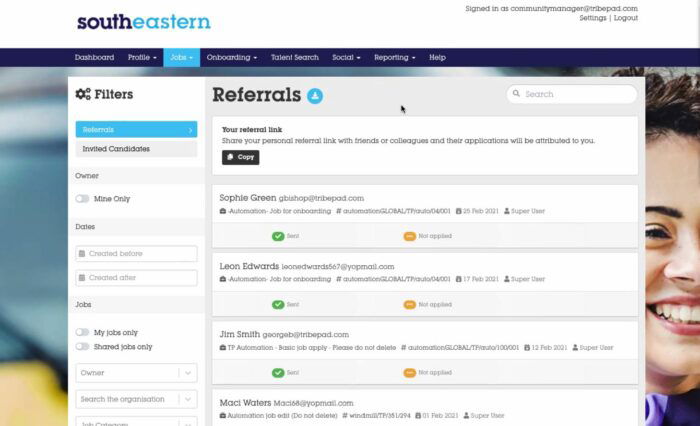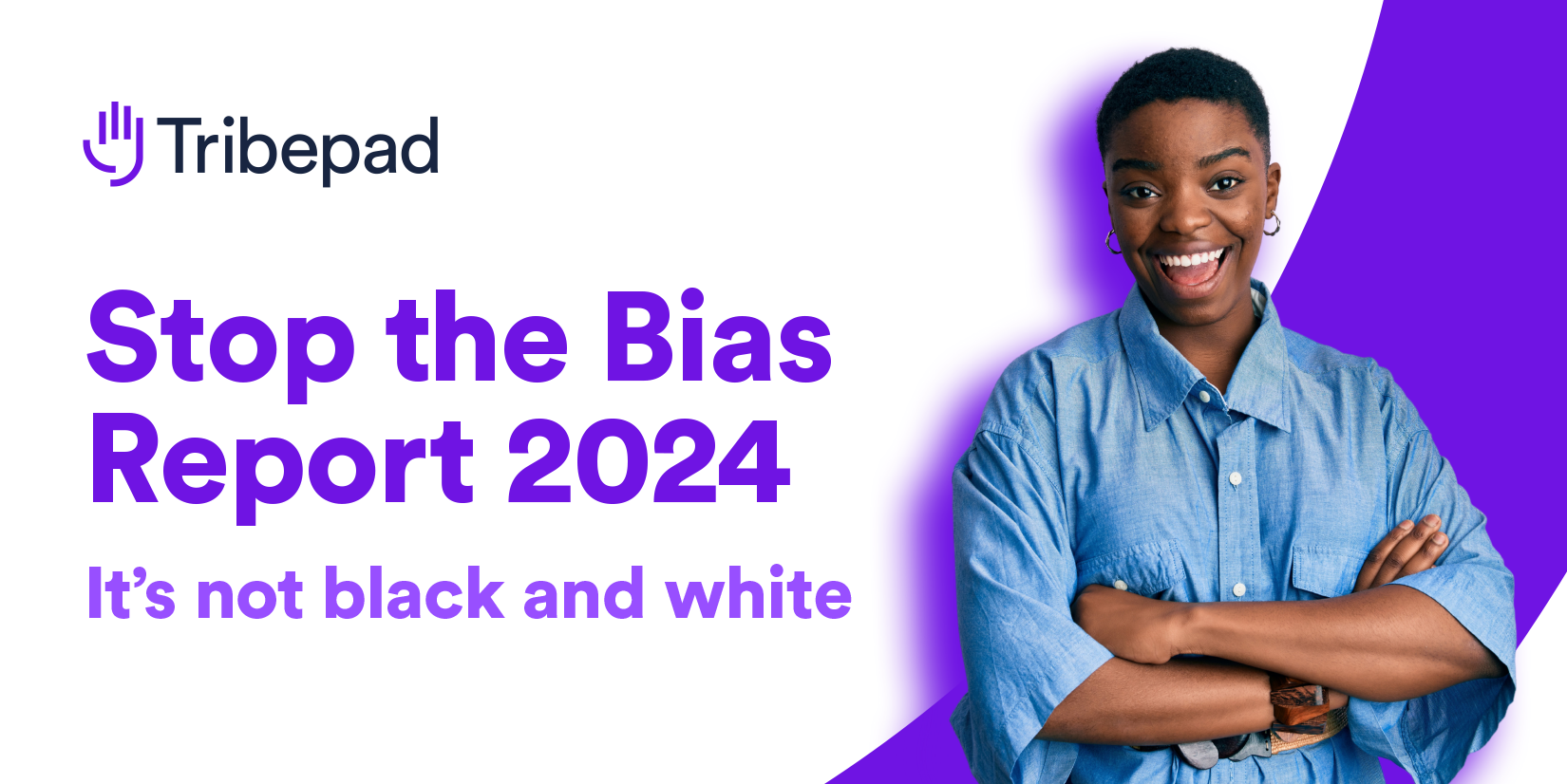Employer branding is a big deal, we can all agree. But it’s also an area where there’s still a chasm between the best and the rest.
One of the biggest reasons is a lack of clarity around what employer branding actually involves.
You might be doing ad-hoc tasks in the name of building your employer brand, but without a structured approach – and critically, buy-in from across the business from the get-go – the results won’t follow.
Here’s everything you need to know.
Employer brand happens with or without you
“All organisations have, consciously or not, an employer brand. It’s the way in which organisations differentiate themselves in the labour market, enabling them to recruit, retain and engage the right people.”
That’s the CIPD’s definition. A bit of a mouthful, but the most important bit is the “consciously or not” line.
The point is, you can’t not have an employer brand. You can’t opt-out. Even if you’re focussing on other priorities – lord knows there’re enough of them – your employer brand is happening with or without you.
The only difference is whether you’re moulding it or it’s moulding you.
That old Jeff Bezos quote springs to mind – “your brand is what people say about you when you’re not in the room”. Employer brand is exactly the same. And you can choose to be in the room, controlling the narrative, or outside with your ear pressed against the door.
The latter’s a bad idea. Because if you don’t proactively control the narrative, you leave your employer brand to chance. So it’s unlikely a true, consistent representation of your business, culture and expectations.
That’s a problem because:
1.You won’t attract the right people. PwC’s Talent Trends Report says 3/4 of global CEOs are concerned about availability of talent – and as we’ve said before, A-list candidates don’t apply to B-list employers. Employer brand is either the best weapon in your arsenal, or it’s shooting yourself in the foot.
- Unfilled roles increase workloads, overtime costs and/or agency spend (both for cover and for support recruiting).
- Unfilled roles limit the business’ ability to innovate, grow and take advantage of opportunities
2. You will attract the wrong people. Aggressively ambitious solo performers instead of team-players, for example. Or reliable, great-but-not-extraordinary workers when you’re looking for next-level superstars.
- Thanks to COVID, budgets are stretched especially thin and application volumes in most industries are soaring. There’s never been a stronger imperative to do more with less – so the last thing you need is more unqualified applicants to snarl up your time.
- You risk making costly hiring mistakes that don’t just have a huge monetary impact (REC’s newest report says the overall cost of a bad hire is three times higher than hires’ salary). They also erode culture and see productivity plummet.
So, that’s why employer brand matters. And here’s a framework to demystify the process and highlight any holes in your current approach.
A framework to more effective employer branding
Let’s break employer branding into four stages, then examine them in turn:
- Defining
- Building
- Maintaining
- Protecting
The key to effective employer branding is recognising this isn’t just an HR or recruitment initiative. The first stage especially depends on business-wide buy-in.
1. DEFINING your employer brand
Here’s where you create your employee value proposition – EVP. That is, the “psychological contract” that defines “what an organisation stands for, requires and offers as an employer”.
Your EVP is the foundation. And unfortunately, it’s also where lots of businesses fall down. As Harvard Business Review say:
“The problem with most employer branding is that it is disconnected from the corporate brand and the core drivers of the business. It is typically managed by the HR department and too often becomes associated with superficial perks”
To create your EVP, start by defining how you want employees to see you. This conversation should go to the top, examining how your organizational values filter into your employee values.
Then – truth time! – evaluate how employees do see you, collating feedback from review sites, pulse survey responses, interviews, etc.
If those two things align, great. If there’s a gap, that’s when more work’s needed – to interrogate your values and identify change strategies if needed.
If you’re talking the talk without walking the walk, your EVP won’t be an authentic representation of your business. At best, that’s not powerful. At worst, it risks attracting prospective employees who won’t thrive with you.
(Watch this space for our upcoming piece on a step-by-step approach to building an EVP. If you want a heads-up when that’s published, click here).
2. BUILDING your employer brand
Now you’ve got an EVP that everyone buys into, here’s where you filter that across your people assets. In other words, it’s where you translate your value proposition into messaging your employees and candidates will see.
For example, you might add new on-brand messaging into:
- Your careers site

- Your job ads and templates
- Your careers social media accounts
- Your recruiters’ social profiles
- Your interview processes
- Your pre-interview briefing
- Your comms templates
- Your offer letters
- Your recruiters’ email signatures
- Your recruitment portal
It’s where your EVP becomes actionable.
3. MAINTAINING your employer brand
Employer branding isn’t set-and-forget. Recruitment marketing is an on-going process of maintaining your reputation and extending your reach.
(This article on recruitment marketing is one of our most popular of all time, if you missed it).
That’s likely to be stuff like:
- Investing in recruitment content marketing
- Building relationships with passive candidates
- Social media marketing
- Encouraging employee reviews
- Answering negative reviews
- Building a referrals program

- Getting relevant PR coverage
The point is, this is the proactive ongoing element of employer branding. It’s how you ensure you’re continually top-of-mind, attracting the right type of candidates.
4. PROTECTING your employer brand
Here’s where candidate experience is huge. To protect your employer brand, everyone who comes into contact with the business must have the same standard of experience.
Employee experience matters here too from HR’s perspective, but that’s easier to control and operates on a different scale. For every one employee, how many job-seekers have seen an advert? How many applicants submitted their CV? How many candidates had interviews?
Recruitment teams have a huge responsibility to take control over the candidate experience.
Read more: 7 real-world tactics to improve your candidate experience
Measurement is also an important element of protecting your employer brand.
The likes of candidate and employee surveys help you assess your progress and, most important, act as an early warning system if things are starting to go wrong. So you can act to protect your brand, before your reputation starts to slide.
Employer branding is just as important as corporate branding
Many businesses think of employer brand as a little sibling to corporate brand. An offshoot. But really, they’re equally important.
Following a structured business-wide approach – to define, build, maintain and protect – is critical to seizing the advantages a strong employer brand offers. To build a workforce that drives business success.
What have your experiences of employer branding been? Are you busting a gut but struggling to get buy-in from the C-Suite? Are your efforts being undone by unprecedented application volume? We’d love to hear from you.
Tribepad, the easiest-to-use enterprise recruitment platform, empowers organisations to build powerfully simple experiences that continually transform their recruitment. We’re partners for tomorrow, not just today.
Learn more about Tribepad in this brochure.





